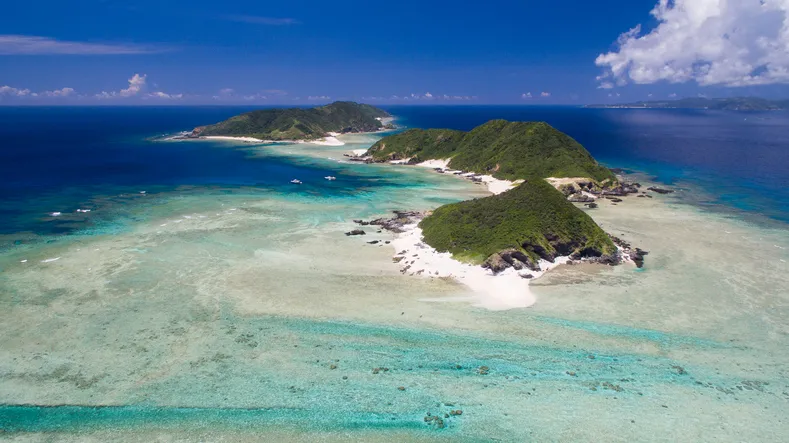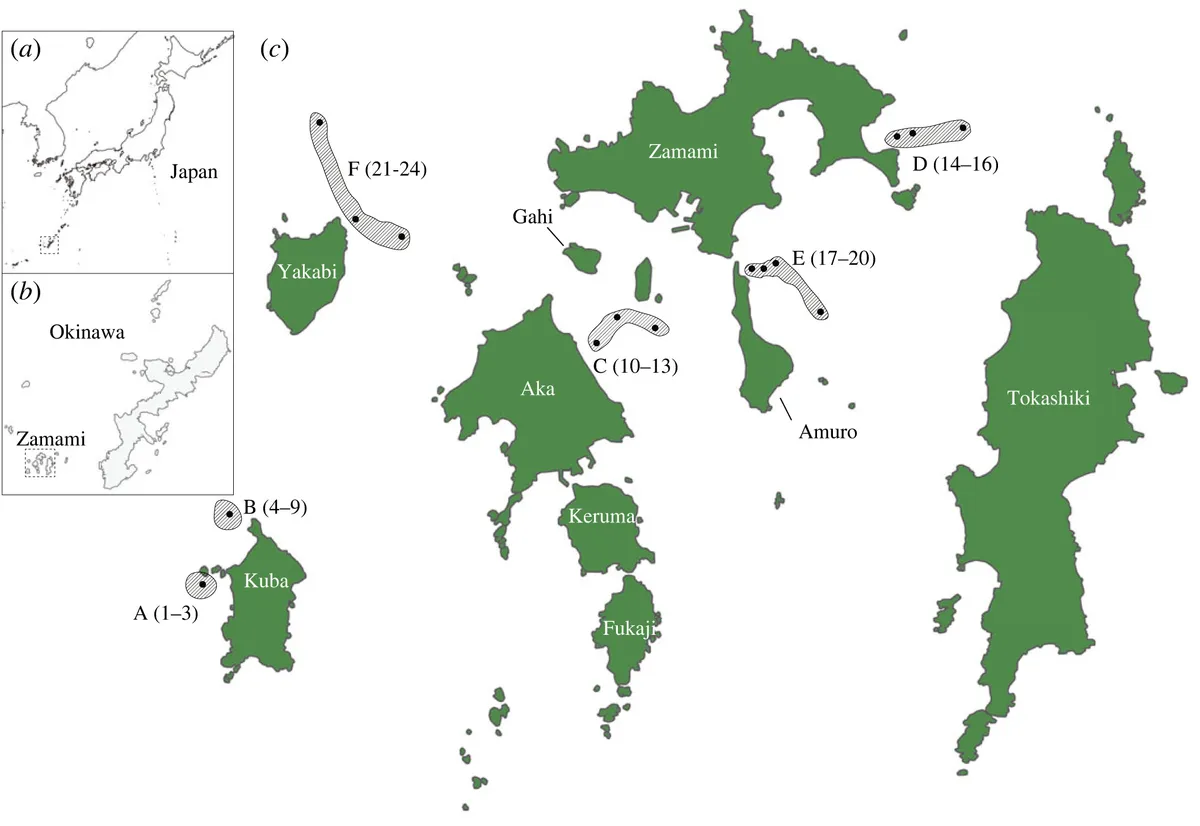Researchers are using underwater drones to learn about mysterious mesophotic coral ecosystems (MCEs) – low-light habitats in tropical and subtropical regions made up of coral, sponges and algae.
Because MCEs are found between 30–150 metres deep, which is beyond recreational scuba diving limits, they’re very hard to study. Researchers either need to use underwater robots with hi-res cameras or experienced divers with specialist equipment and an extensive knowledge of coral identification. Finding someone with both skills isn’t easy.
Now, Professor Noriyuki Satoh and his team at Okinawa Institute of Science and Technology and NTT Communications in Japan has tested a new way to study these ecosystems. They used underwater drones (mini-ROVs) to collect seawater samples and analyse environmental DNA (eDNA) to see which types of stony coral were there.
eDNA is already used to study marine animals and shallow reefs. As organisms shed scales, cells, mucus or faeces, they leave little traces of their DNA behind. Researchers can analyse water samples to identify which species are present, even if they didn’t see them.
Unlike fish, corals don’t move and they “constantly secrete mucus into sea, which provides ample eDNA,” they say in the study.
Satoh and his team used underwater drones to collect seawater samples at 24 sites in six locations between 20 and 80 metres deep around the Zamami Islands in Japan’s Okinawa Archipelago – a region with incredibly clear waters and among the highest diversity of stony corals in the world.

When they filtered and analysed the samples, they found the reef composition varied at different depths. Acropora corals (the family which includes table, staghorn and elkhorn coral) were more common in shallower reefs while they found a higher proportion of Porites at the MCEs.
They are still working to perfect the process and minimise cross-contamination of samples but their initial findings suggest this method is viable for sampling MCEs.

Satoh hopes this new technique will help researchers conduct broader monitoring to improve their knowledge of “the entire spectrum of the coral reef, from the shallow waters to the mesophotic zones, and even the sandy depths," he told Science Daily.
Although we have much to learn about MCEs, we already know how important it is to learn more about them. These reefs are home to a higher proportion of endemic species than shallow water corals so play a vital part in keeping the ocean healthy.